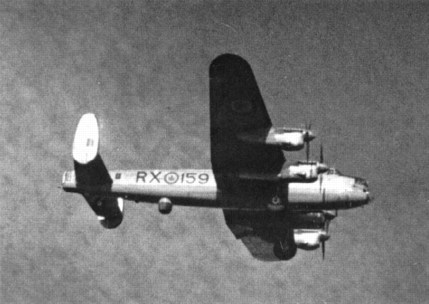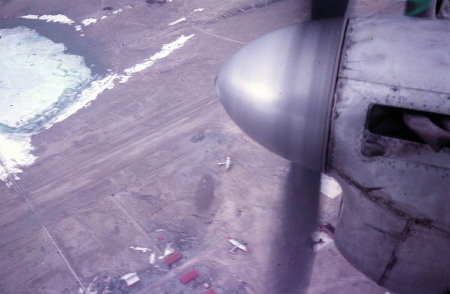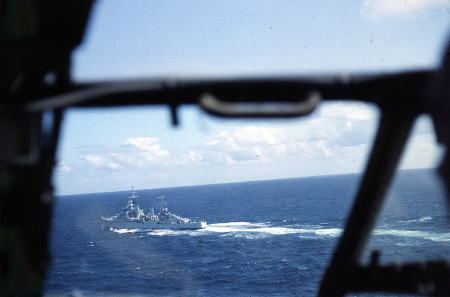 Lancaster
Lancaster  |
Media
|
Media
 Lancaster
Lancaster  |
Media
|
Media
The Lancaster Bomber

 [ Duke Dawe photo ] |
Beginning in the late 1940's, over one hundred Canadian-built Lancaster Mk. X's that had been placed in storage following the war were modified to nine different configurations for post-war service. Although most served in maritime reconnaissance roles, others were modified as bomber reconnaissance armed with depth charges, aerial photography, search and rescue, navigational training, and as test beds for jet engine testing. Aerial photography taken from Lancasters even added new territory to the map of Canada that previous surveys had overlooked. |
|
When the Korean War began, the RCAF selected the Lancaster to fulfill their anti-submarine requirements and over seventy Lancasters, including the museum's FM-159, were configured to MR/MP (Maritime Reconnaissance/Maritime Patrol) specifications. Modifications included the installation of current radar, navigation, and other electronic systems. As well, positions for the radar and sonobuoy operators together with observation windows were installed in the rear fuselage. The mid-upper gun turret was removed. The front and rear turrets remained operational but the guns, as well as ammunition, depth charges and bombs, were generally not carried unless the aircraft was participating in bombing and gunnery exercises. A 400 gallon auxiliary fuel tank was installed in the bomb-bay to extend the patrol range. The cockpit was modified to accommodate a co-pilot, a cooking stove was installed in the centre section and a new, all silver, paint scheme completed the modification. |
 |
Lancaster FM-159's service during the 1950's was typical of the seventy that served in the MR/MP role. After five years in long-term storage at Fort Macleod, it was flown to Trenton, Ontario during August, 1951 and then to Malton, Ontario during March, 1953 where its conversion to an "MR" was completed. |

|
From October, 1953 until early 1955 the aircraft served with No. 103 Search and Rescue Unit based at Greenwood, Nova Scotia. There it participated in joint exercises with the USAF at Florida and was involved in torpedo trials as well as search and rescue operations including a six day search for a lost Navy Avenger. Then there were more modifications completed at Fairey Aircraft in Dartmouth, Nova Scotia in early 1955. These including the installation of a new radar system that enabled a snorkelling submarine to be detected at a distance of 20 nautical miles. FM159 was then transferred to Comox on Vancouver Island to begin service with No. 407 Squadron where it carried the markings RX-159. |
Lanc-159, as the aircraft became known as, flew widely with No. 407 over the next four years. As well as reconnaissance patrols and exercises off Canada's west coast the aircraft participated in ice reconnaissance in the Arctic where it was based at Resolute Bay and made one flight to Alert, the northernmost point of Canada. It was also engaged in exercises with Canadian Navy ships and participated in search and rescue operations, including the search for the Trans-Canada Airlines Northstar that crashed into Mount Slesse. Lanc-159 participated in joint exercises with NORAD during one of which it snuck into American airspace and made three simulated bomb runs over Spokane, Washington. Other exercises with the Americans involved flights to California and Alaska. |
 [ Duke Dawe photo ] |
Two trans-Atlantic flights were made to the U.K. where Lanc-159 engaged in anti-submarine exercises with Canada's NATO partners. The Lancaster era with the RCAF began to come to a close in 1955 with the arrival of the P2V-7 Neptune aircraft. However, the No. 407 Lancs weren't retired until 1958 and 1959. Lanc-159 had acquired a total of 2068 hours since its 1953 overhaul when it flew from Comox to Calgary's Lincoln Park on December 5, 1958, its final flight as an RCAF aircraft. |
 [ Duke Dawe photo ] |
